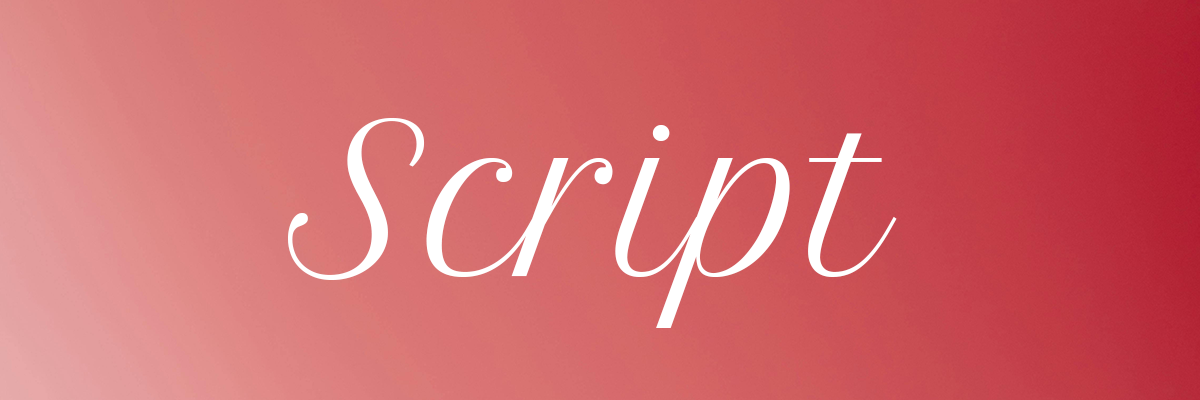Selecting font for your design like choosing an outfit for an event. No one would wear a T-shirt and jeans to a formal ball. The same applies to fonts. To avoid making a design faux pas with your font selection, you need to understand the different categories of fonts and the scenarios where each is best suited.
1. Serif

What is a serif? In many fonts, the strokes of letters often have decorative tails at the ends, known as serifs. Serif fonts include old style, transitional, and modern serifs.
Old Style and Transitional Serifs are formal and elegant, While Modern Serifs are always Stylish and refined.
Application: Old Style and Transitional Serifs are ideal for formal settings like printed documents, guidelines, declarations, certificates, and books. Modern Serifs are often selected for advertising magazine headlines.
2. Sans Serif

In contrast to serifs, sans serif fonts do not have decorative tails. Additionally, sans serif fonts typically have strokes of uniform width, giving them a clean, modern, neutral, and technological feel.
Application:Sans serif fonts are often preferred by UI designers and logo designers because they appear larger and are easier to read at the same size compared to serif fonts.
3. Slab Serif

Slab Serif is actually a type of serif font characterized by thick, block-like serifs. Its mechanical style sets it apart from other serif fonts, warranting its own category.
Application:Slab Serif fonts are commonly used for typewriter and programming fonts. They are also found in 19th-century industrial-themed newspapers.
4. Script

Script fonts mimic handwriting and can range from casual handwritten notes to elegant cursive. The most well-known script fonts are cursive with flowing, beautiful strokes.
Application:Script fonts are perfect for titles, as seen on many movie posters, or for sketching. However, avoid using them in all caps.
5. Display

Display fonts encompass a wide range of styles but share common characteristics: exaggerated shapes, strong visual impact, unique design details, and distinct personalities.
Application:Choose display fonts for large headlines and non-formal settings such as advertisements and signage.
Conclusion
Selecting the right font based on the context is crucial. Understanding the basic categories of fonts helps you make an informed decision. To learn how to choose the best fonts, I will provide more examples and inspiration in future articles.
Use Free Fonts Now
If you want to use all categories of Free Google Fonts instantly, download FontApp now!
With FontApp, you can access Google Fonts with just one click, without downloading or installing them. In addition to over 6000 Google Fonts, FontApp includes hundreds of other free fonts that you can easily search, filter, and use in software like PS, AI, Sketch, and more.
If you found this article helpful, consider bookmarking the FontApp website for more on font trends and typography applications.Free Download
Free Fonts, Google Fonts,Font Manager,Cloud Library,Instant Font Access for PS/AI,More Practical Features, All in FontApp!